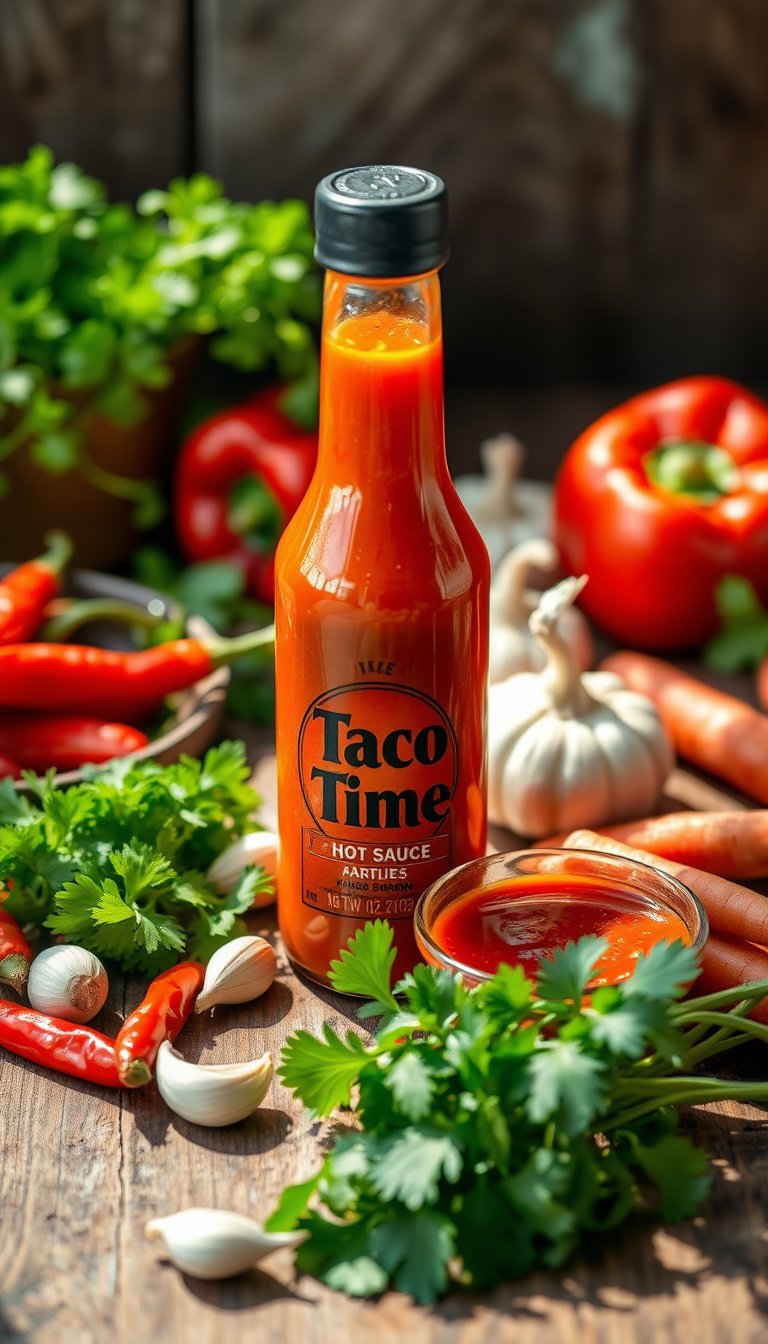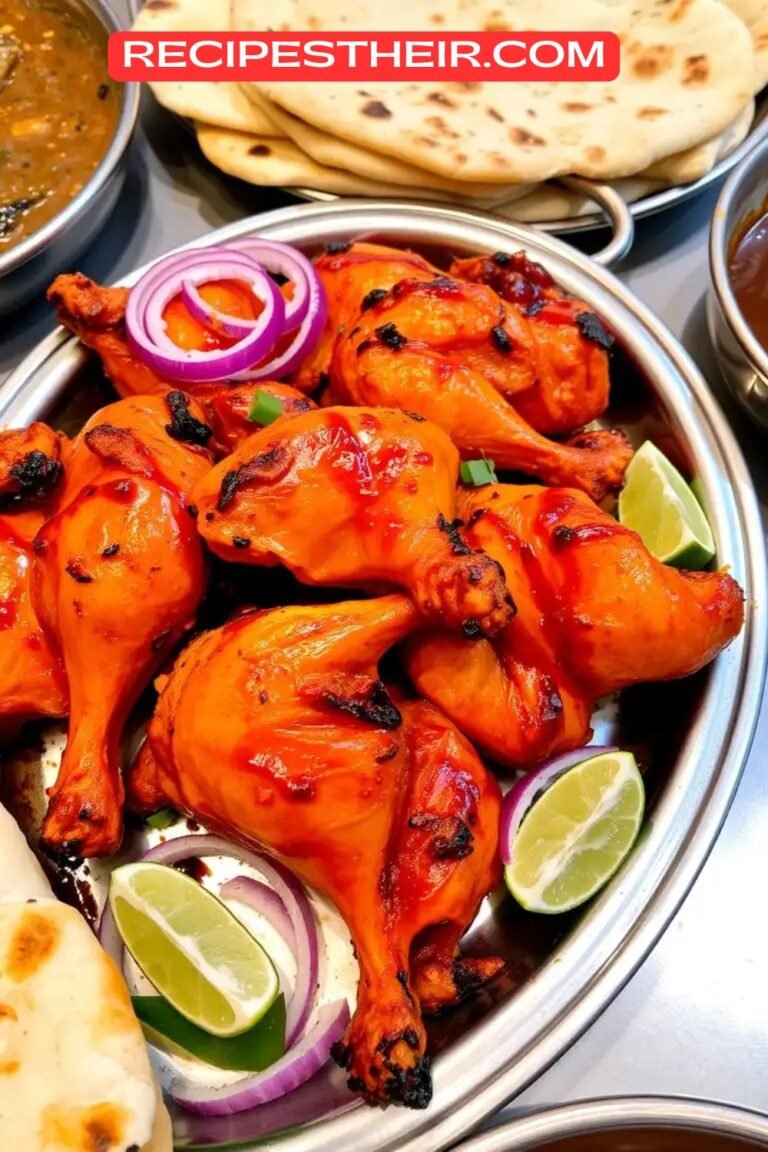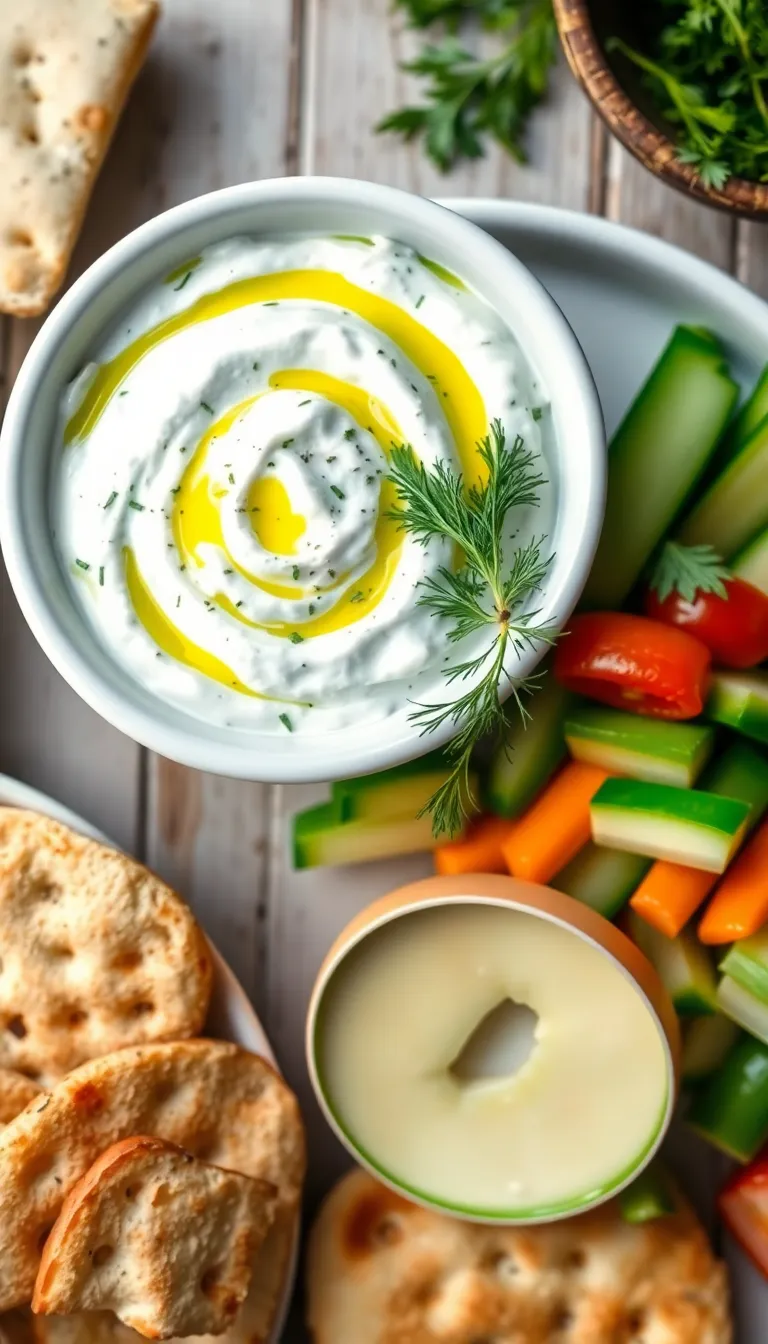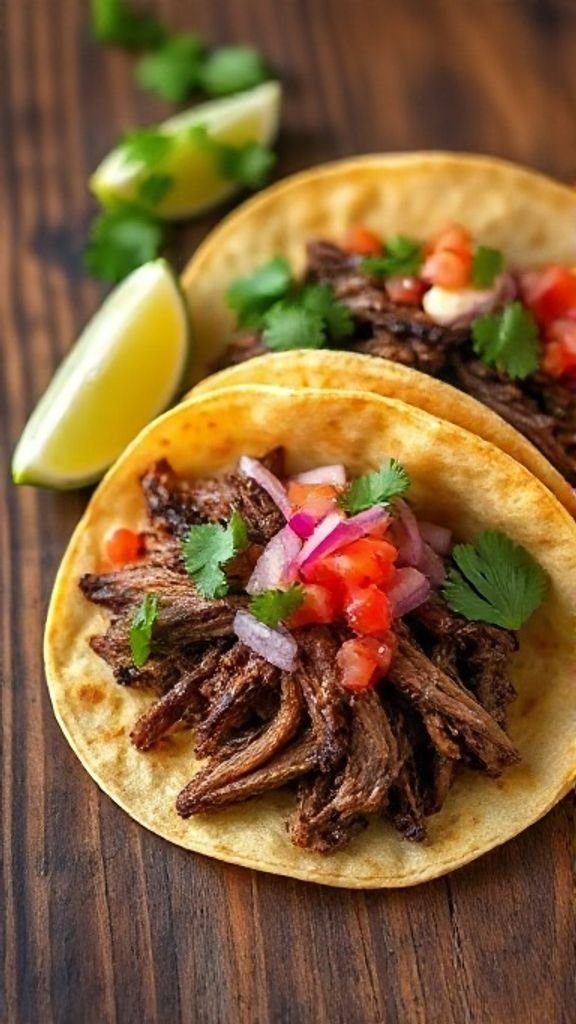Is Turkey Done at 165 or 180 Degrees? The Ultimate Guide to Perfectly Cooked Turkey
Cooking the perfect turkey is both an art and a science. Whether you’re hosting Thanksgiving dinner, planning a Sunday feast, or simply craving a hearty home-cooked meal, knowing the correct internal temperature for turkey is crucial. One of the most frequently asked questions is: Is turkey done at 165 or 180 degrees?
In this comprehensive guide, we’ll break down the science behind turkey temperatures, offer tips on accurate meat thermometer use, and share expert techniques to ensure your bird is juicy, flavorful, and safe to eat.
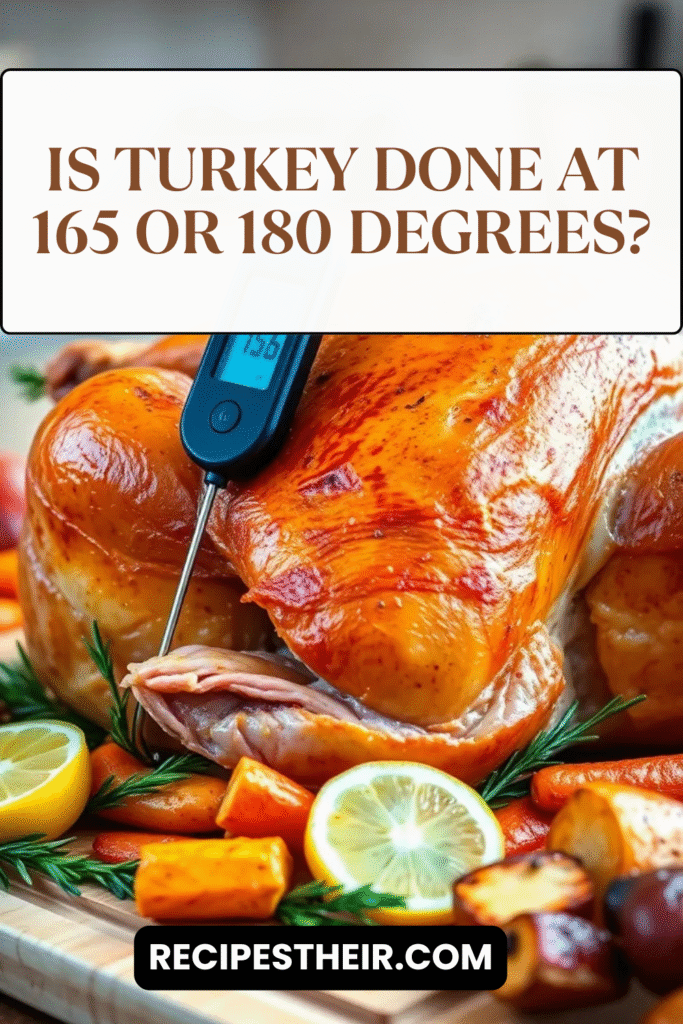
Why Temperature Matters: Safety First
When cooking poultry, food safety must come first. Turkey, like chicken, is highly susceptible to harmful bacteria such as salmonella and campylobacter. According to the USDA (United States Department of Agriculture), the minimum internal temperature for safe consumption is 165°F (74°C).
But that’s just the beginning of the story.
Is Turkey Done at 165 or 180 Degrees?
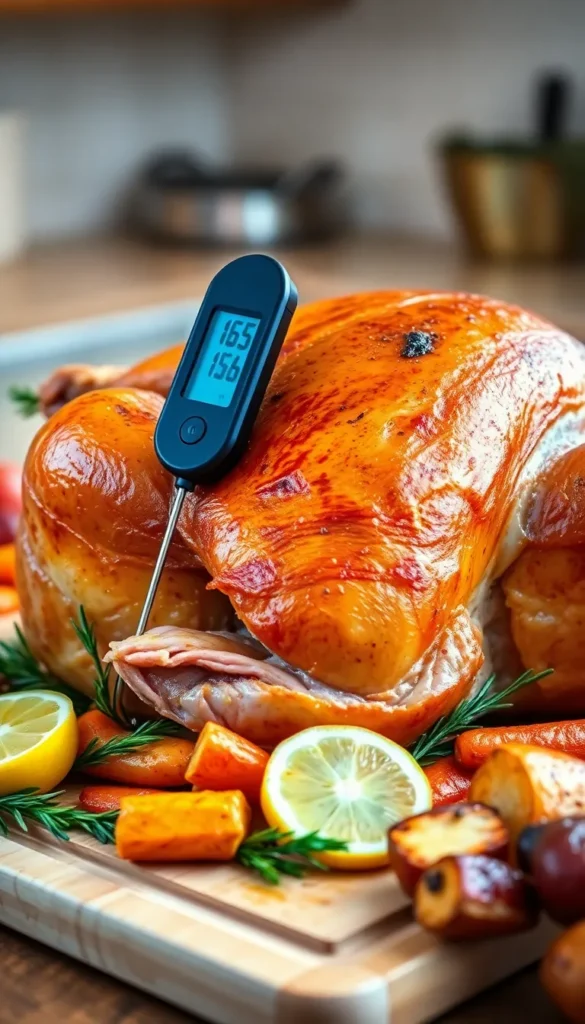
The Short Answer:
- 165°F (74°C) is the safe internal temperature for the thickest part of the turkey (typically the breast).
- 180°F (82°C) is often recommended for dark meat (like the thighs and drumsticks), especially for texture and tenderness.
Why the Confusion?
The difference comes down to meat type and texture:
- White Meat (Turkey Breast): Done at 165°F. Going higher risks drying it out.
- Dark Meat (Thighs, Legs): Benefits from reaching 175°F to 180°F. This breaks down connective tissue (like collagen) and results in more tender meat.
Understanding the USDA Guidelines
According to the USDA Food Safety and Inspection Service (FSIS):
“A whole turkey is safe when cooked to a minimum internal temperature of 165°F as measured with a food thermometer in the innermost part of the thigh and wing and the thickest part of the breast.”
This means if all parts of the turkey reach 165°F, it’s technically safe to eat. However, if you’re aiming for optimal taste and tenderness, especially in the legs and thighs, going to 180°F is often recommended by professional chefs and home cooks alike.
White Meat vs. Dark Meat: Cooking Temperatures Explained
| Part of the Turkey | Best Internal Temperature | Why It Matters |
|---|---|---|
| Turkey Breast | 165°F (74°C) | Stays juicy at 165°F; higher temps make it dry |
| Turkey Thighs | 175–180°F (79–82°C) | More connective tissue, becomes tender when cooked longer |
| Turkey Wings | 165°F (74°C) | Smaller parts, cook quickly, don’t need higher temps |
How to Measure Turkey Temperature Properly
To avoid overcooking or undercooking, a reliable meat thermometer is essential.
Here’s how to do it right:
- Insert the probe into the thickest part of the breast, avoiding bone.
- Check the inner thigh, near the bone, but not touching it.
- For whole turkeys, test multiple areas to ensure even doneness.
📌 Pro Tip: Always let your turkey rest for 20-30 minutes after removing it from the oven. The internal temperature continues to rise by about 5-10 degrees — this is known as carryover cooking.
How Long to Cook a Turkey Based on Weight
| Turkey Weight | Cooking Time (325°F Oven) | Final Temperature |
|---|---|---|
| 8 – 12 lbs | 2.75 – 3 hrs | 165°F breast, 180°F thighs |
| 12 – 14 lbs | 3 – 3.75 hrs | 165°F breast, 180°F thighs |
| 14 – 18 lbs | 3.75 – 4.25 hrs | 165°F breast, 180°F thighs |
| 18 – 20 lbs | 4.25 – 4.5 hrs | 165°F breast, 180°F thighs |
| 20 – 24 lbs | 4.5 – 5 hrs | 165°F breast, 180°F thighs |
⏱️ Note: Cooking time varies based on whether the bird is stuffed or unstuffed.
Signs Your Turkey Is Done (Besides Temperature)
While a thermometer gives the most accurate reading, here are some visual and tactile clues that your turkey is ready:
- Juices run clear (not pink) when the thigh is pierced.
- The legs wiggle loosely in their sockets.
- The skin is golden brown and crisp.
Still, don’t skip the thermometer — it’s your best defense against dry meat or foodborne illness.
Tips for Juicy, Perfectly Cooked Turkey Every Time
- Brine Your Turkey: A saltwater brine helps retain moisture and enhances flavor.
- Use a Roasting Rack: Elevates the turkey for even cooking.
- Baste Sparingly: Basting too often drops the oven temperature.
- Tent with Foil: Shield the breast with foil during the last hour to prevent overcooking.
- Rest Before Carving: This allows juices to redistribute, keeping your turkey moist.
Common Turkey Cooking Mistakes to Avoid
❌ Overcooking the Breast: If you aim for 180°F throughout the turkey, the breast will likely dry out.
✅ Instead: Remove turkey when breast hits 160°F, then rest. It’ll reach 165°F naturally.
❌ Stuffing the Bird: Stuffing increases cook time and can prevent the center from reaching a safe temperature.
✅ Instead: Cook stuffing separately to ensure both components are safe and delicious.
Final Verdict: Is Turkey Done at 165 or 180 Degrees?
So, what’s the bottom line?
- Turkey is safe to eat at 165°F. This is the USDA minimum for both breast and thighs.
- For best texture and flavor, cook the breast to 165°F and dark meat to 175–180°F.
- Always use a meat thermometer and allow for resting time before carving.
If you want a turkey that’s both safe and succulent, understanding these temperature differences makes all the difference. Whether it’s Thanksgiving or a special Sunday meal, now you’re armed with everything you need to cook your turkey to perfection.
Frequently Asked Questions (FAQs)
Can I eat turkey at 160 degrees?
Technically no. While 160°F is close, it’s below the USDA safe minimum. However, if you let the turkey rest for 10–15 minutes, the temperature will likely rise to 165°F, making it safe.
Why does dark meat need to go to 180°F?
Dark meat contains more connective tissue, which breaks down at higher temperatures. This makes it tender and juicy, rather than chewy or rubbery.
What happens if I overcook my turkey?
Overcooked turkey becomes dry, stringy, and flavorless, especially the breast. Use a thermometer and remove at 160–165°F for perfect results.
Final Thoughts
The debate over whether turkey is done at 165 or 180 degrees doesn’t have to be confusing. By understanding the science of poultry cooking and using proper techniques, you can serve up a bird that’s both safe and delicious every time. Bookmark this guide before your next roast, and you’ll never have to second-guess your turkey’s temperature again.

